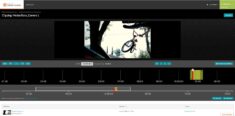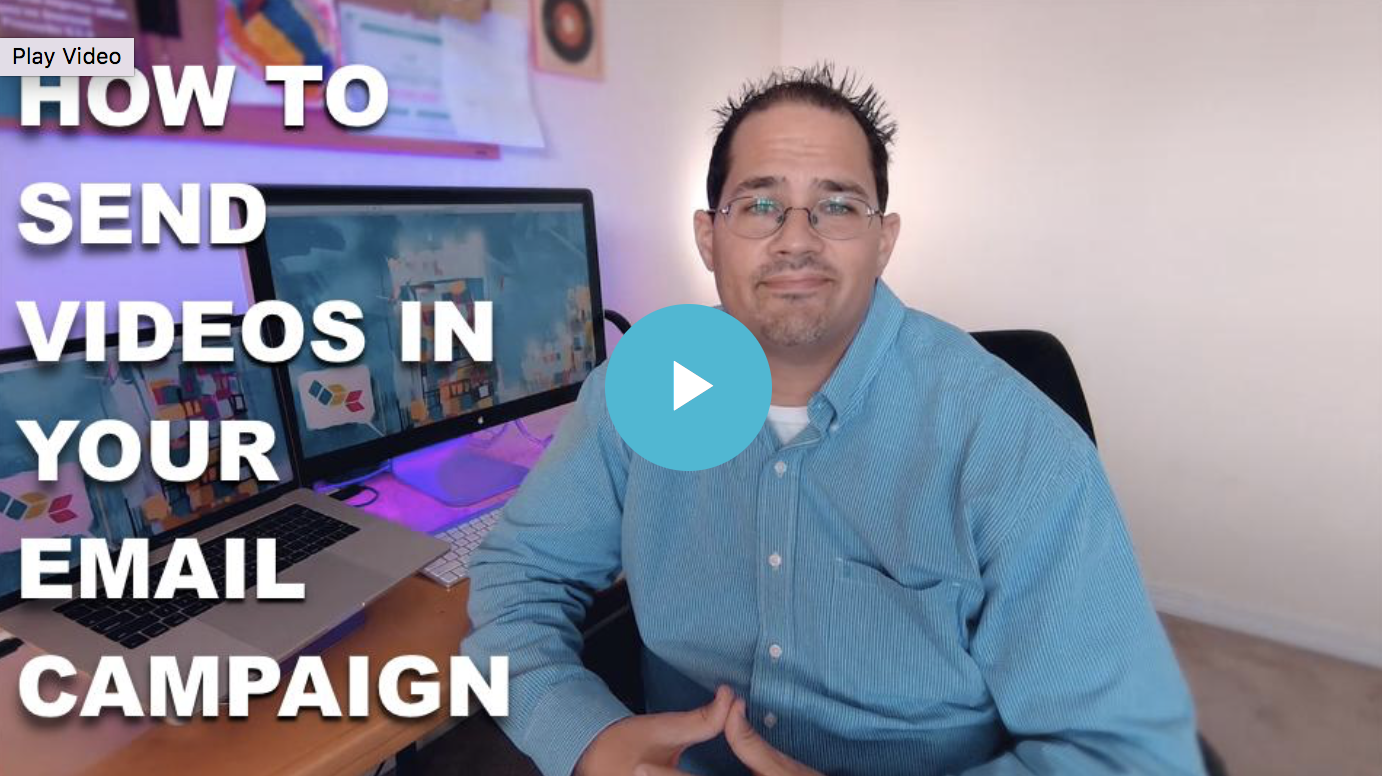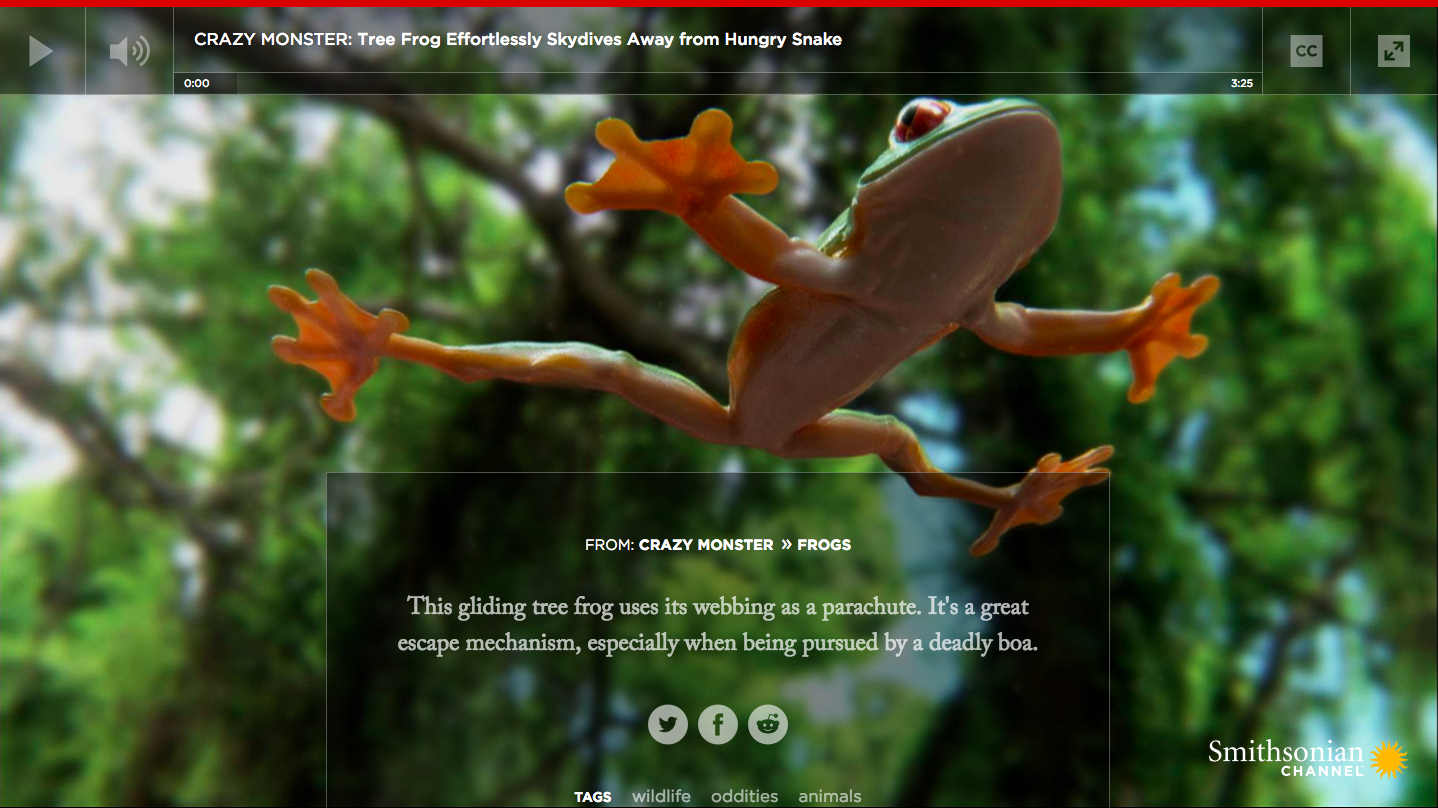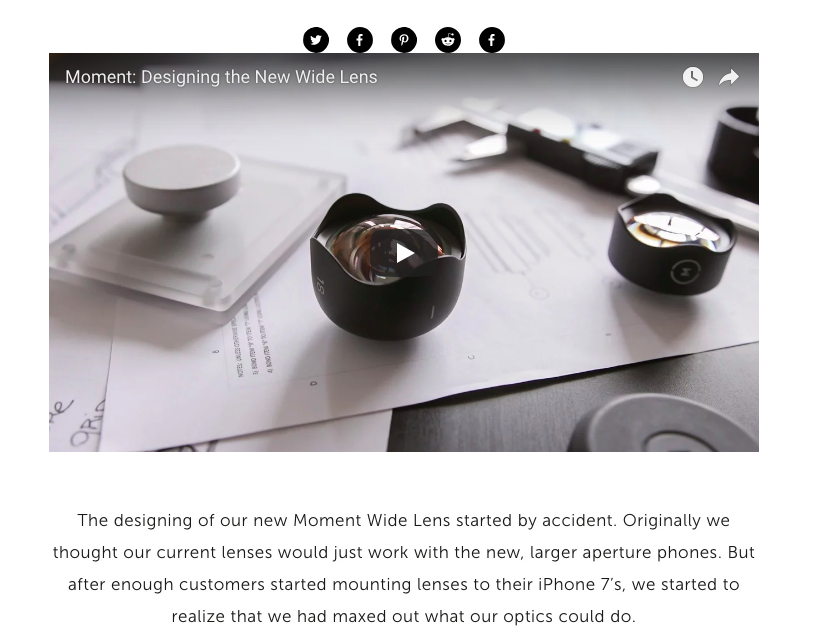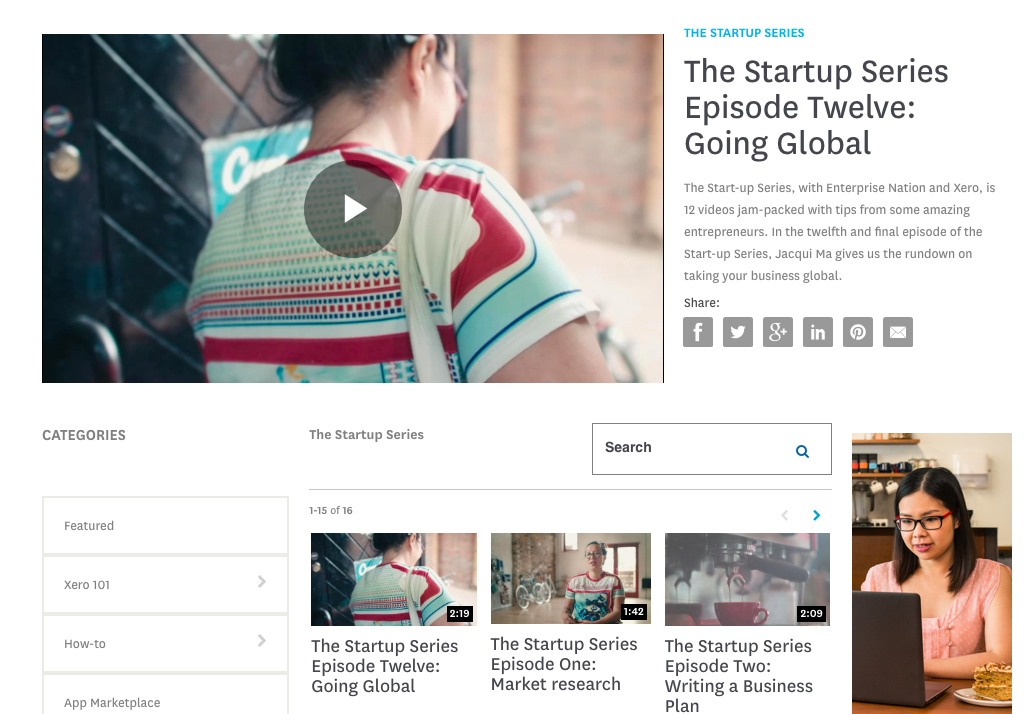Summer Reading: How Webinars Help Drive Pipeline
Best PracticesFor today’s marketers, generating leads is the name of the game. Make more leads, get more money. Sadly, identifying quality prospects — those sales can turn into revenue — isn’t easy. As marketers, we need to look beyond measuring the potential for pipeline and move towards measuring results for pipeline.
So, how does this work? Well, we Mark Bornstein lays it out on track three of our Summer Playlist , but we can also summarize the main points here.
Conceptually, it’s straightforward. Take a look at all of your marketing tactics and analyze conversions by percentage of market-qualified leads. Then, focus your efforts and exploit the tactics that work.
Microsoft, for example, analyzed its methods and found webinars converted leads — attendees to buyers — at a high rate (7.2 percent) . It doubled-down on its webinar efforts, going from 200 to more than 4,000 webinars per year — and netted SiruisDecisions’ 2016 ROI Award in the process.
So what are the basics of using webinars to drive pipeline?
First, webinars need to drive movement across the entire buying cycle — not just top. That means you’ll need to develop thought leadership webinars, company and product positioning webinars, case studies, validation and, of course, demonstration webinars to offer your prospects a full picture of what your organization has to offer.
Keep in mind the tone needed for each stage. Top-of-funnel events, like thought leadership webinars, should remain high-level and avoid being too “pitchy.” Similarly, bottom-of-funnel events should address specific pain points attendees are experiencing and demonstrate what your solution can accomplish for them.
The second step in getting webinars to drive pipeline is to increase the number of content touches in each webinar event. Creating these opportunities is advantageous in and of itself — it makes your webinars more interactive (by having your presenter point out where visitors can go for more information), and it gives you the opportunity to audit your content.
Still, you’ll want to make your content available in a webinar for one key reason: to let your audience members choose their own buyer’s journey experience. By enabling attendees to decide which steps they want to take, whether be it downloading content, registering for a demo, contacting a salesperson, or simply looking up the presenter’s biography, you provide your prospects with the subtle tools to indicate where they are on the buyer’s map, what stage and how likely they are to convert.
Just remember: more content means more opportunity for engagement and potentially more qualified leads.
The third step in using webinars to drive pipeline is to take a closer look at lead scoring. By examining how an attendee engages with a webinar — by asking questions, downloading content, answering polls and surveys and more — you can get a clearer understanding of where the attendee is on the buying cycle as well as the likelihood of future engagement and if they’re a good fit for a potential buyer.
Engagement scoring through webinars is a great way to break out leads across different tiers as well. For example, the most engaged leads can be matched with an account executive while the least engaged leads can be given nature material — saving your sales team time and effort. The point is, by measuring webinar engagement, you can better break out leads by quality and give them the appropriate amount of care and attention.
The final step for driving pipeline is handing off to sales. With right marketing systems in place, complete with engagement analysis, webinars can provide your sales teams with the critical contextual information they need to make a quality call with a lead. For example, if the lead asked a question during a webinar, a sales rep could provide them with additional content or offer a direct answer to their problem. They could also reference the content of the webinar to continue the conversation with a lead and, hopefully, bring in a close.
Webinars make it easy to drive pipeline. All you have to do create, provide, articulate and follow up on the content you’ve already created.
Speaking of which, we have some more material for you to peruse. It’s our Summer Reading list inspired by track three of our Summer Playlist. Take a look:
- Using Big Marketing Event Ideas to Drive Pipeline
- It’s Time for Marketing to take on Revenue Responsibility
- How Genesys scaled its global webinar program with ON24
- Lead Intelligence: A Better Model for Lead Gen
- How Microsoft creates world-class, ROI-driven webinar programs
The post Summer Reading: How Webinars Help Drive Pipeline appeared first on ON24 .


